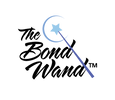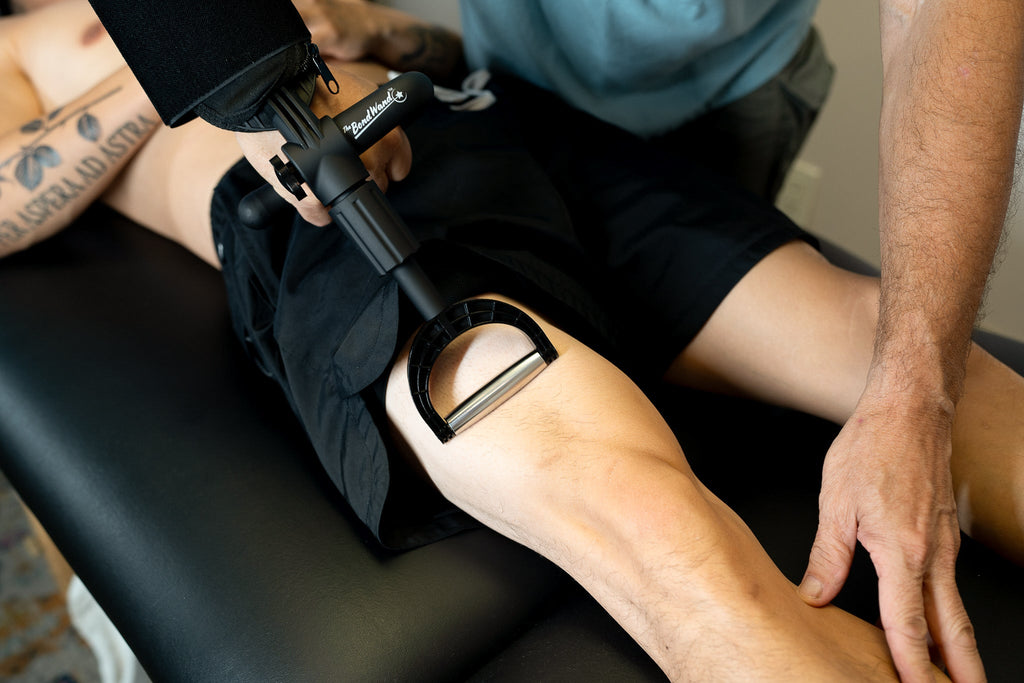Have you ever spent hours behind the wheel only to end your lengthy journey with tightness and pain in your calf muscle area? Those muscles are part of the posterior leg muscles and are activated by pointing and flexing the foot. This part of the body can be overworked with repetitive use, resulting in pain, tension, and tightness. Whether you’re a ballet dancer, recreational fitness fanatic, or office worker, you can benefit from stretching the lower posterior leg muscles regularly.
What Are the Posterior Leg Muscles?
Located on the back of the leg, the posterior leg muscles are divided into two main groups: the calf muscles and the hamstrings. The lower part of the posterior leg muscles can be further divided into superficial muscles (the gastrocnemius and plantaris) and deep muscles (the soleus, popliteus, tibialis posterior, flexor digitorum longus, and flexor hallucis). The hamstring muscles make up the upper part of the posterior leg muscles.
What Causes Pain in the Posterior Leg Muscles?
The superficial muscles of the posterior leg are responsible for the plantar flexion of the ankle joint, meaning they allow your toes to point downward. Every time you do a jumping jack or push down on the gas pedal of your car, you are using the lower posterior leg muscles. People who put excess stress on their calf muscles can experience pain in the lower part of the posterior leg muscles. People with certain health conditions and those with age-related muscle weakness are more susceptible to calf muscle pain and strain. In addition to muscle aches, pain in the posterior leg muscles can also manifest as painful leg cramps.
How To Massage Tight Calf Muscles With the Bond Wand
It’s easier than ever to rejuvenate your calf muscles with the doctor-developed Bond Wand. Whether you’re providing massage therapy to a client or to yourself, this handheld tool can facilitate faster recovery than traditional bodywork. To experience the precision massage of the Bond Wand on your calf, start by applying a hydrating balm to the affected area. And then, with the muscle contracted, place the Bond Wand on the myotendinous junction. Using a steady and even amount of pressure, stretch the muscle from distal to proximal with the Bond Wand. You can customize your massage experience by changing the movement of the Bond Wand to target the strained and tight areas of the posterior leg muscles. You can use a straight scraping motion, scooping motion, or wiggle the Bond Wand on the affected area. You can even use a start and stop motion for legs with deeper levels of tension and strain.
Recover, Rejuvenate, and Revitalize Your Body With the Bond Wand
Whether you’re dealing with posterior leg pain or just believe in the power of proactive self-care, the Bond Wand has a vast array of applications and can deliver tailored physical therapy at your fingertips. This ergonomically designed massage tool goes beyond a surface-level massage and can provide relief to people of all activity levels. If you want to unlock the power of personalized wellness, try the Bond Wand for yourself!




Leave a comment: